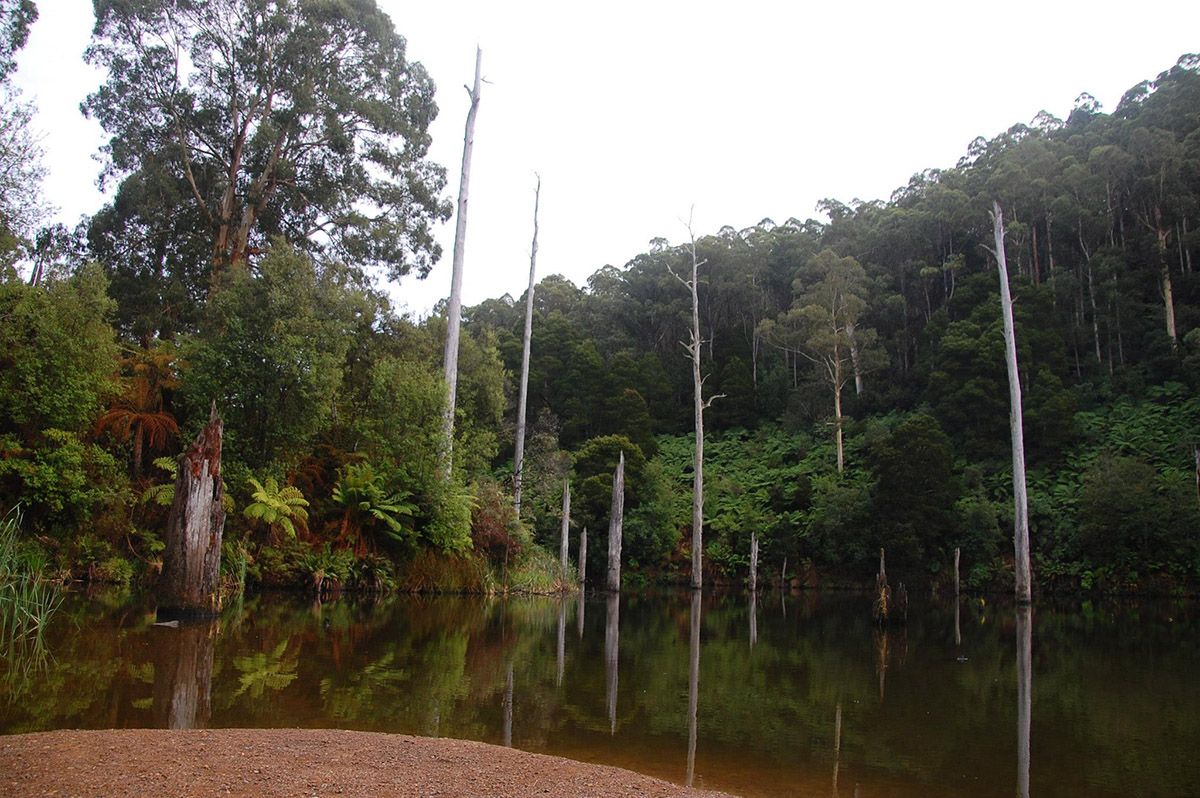The Punjabi poetry sessions ran late on Monday nights for my time zone in Melbourne, Australia. I had been scribbling notes based on my sleep-addled reflections. But when I sat down to convert them into a coherent piece of writing, I found myself writing and erasing every sentence, unconvinced and unsure about my own observations. I don’t understand the Punjabi language, even though the words and sentences sound familiar from repetitive hearing, giving an illusion of knowing; it is afamiliar unknown.
After initial anxieties around understanding every word, and unsuccessfully attempting to Google translate while listening to the live sessions, I gave up on my insistence to understand it all. And finally rid myself of that oppressive imposter syndrome that was feeding off my insecurity at not knowing (it all) and blocking my ability to reflect on the songs and poems. I could now focus on the flow and cadence of the language, and with it a new way of comprehending spoken words opened up; through feelings evoked from the particular kind of sing-song of the poems in Punjabi.Following the flow of an unknown language felt a lot like dancing to a foreign song; like moving to words unknown by letting their music guide the movements.
Some ideas from the twelve sessions made a stronger impression on my imagination than others. One of my strongest reflections is how across several hundred years, Punjabi poetry has continued to evoke the theme of the doomed love of Heer and Ranjha. Thesere-evocationsspoke of a sustained expression in Punjabi poetry that entwined the dichotomies of grief and joy and of loss and love. They spoke of the timeless quality of the emotion of longing in separation or Birha, in poems and songs from Punjab; as well as the various expressions this emotion assumed across the individual, political and spiritual realms. Pathane Khan’s ardent rendition of Khwaja Ghulam Farid’sMedaIshqVi TuMedaYaar ViTu made the strongest impression on me out of all songs and poems discussed during the twelve weeks. The yearning in Pathane Khan’s voice haunted me; the quality of sweet intensity in it gave the impression of the earth wailing for the sky. The feeling of the song wrapped both a personal and a spiritual longing.
I noticed the innumerable long drawn out ‘tuuuuu’s in the song that were sung with an upward drawing of the breath, and how they heightenedthe effect of the earth crying out for the sky. The musical details of the song caught my attention when I danced to it. I noticed that although thetabla addedmasterful touches to the composition every now and then; it was the steady rhythm of the dholakthat accompanied the yearning voice throughout the song. The ethereal effect created by the occasional and delicate strains of thetablacontrasted with the persistent and earthy percussion of the dholak. This musical contrast enhanced the feeling of separation between sky and ground and enriched the longing in the song.

